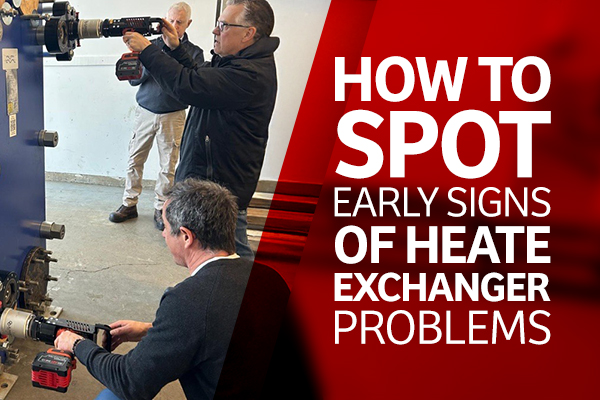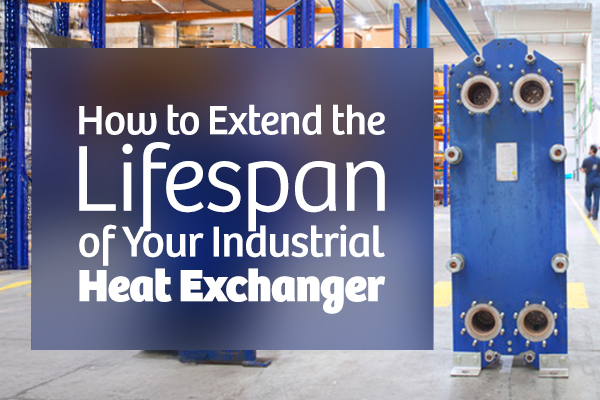Most heat exchanger failures don’t happen overnight — they send you warning signs first. The trick is knowing how to recognize them before they turn into costly shutdowns.
News
Most heat exchanger failures don’t happen overnight. They build quietly — a little extra noise here, a pressure change there — until one day, the system can’t keep up. The trick is catching those small shifts before they snowball into costly downtime.
When your operation depends on a heat exchanger, downtime isn’t just an inconvenience — it’s expensive. The good news? With the right maintenance plan, you can keep your equipment running efficiently for years longer than expected. Here’s how to do it.
Choosing a heat exchanger isn’t just about picking a piece of equipment — it’s about matching the right design to your process, operating conditions, and budget. The right choice can deliver 10–20% higher thermal efficiency, extend service life by years, and reduce operating costs significantly.





